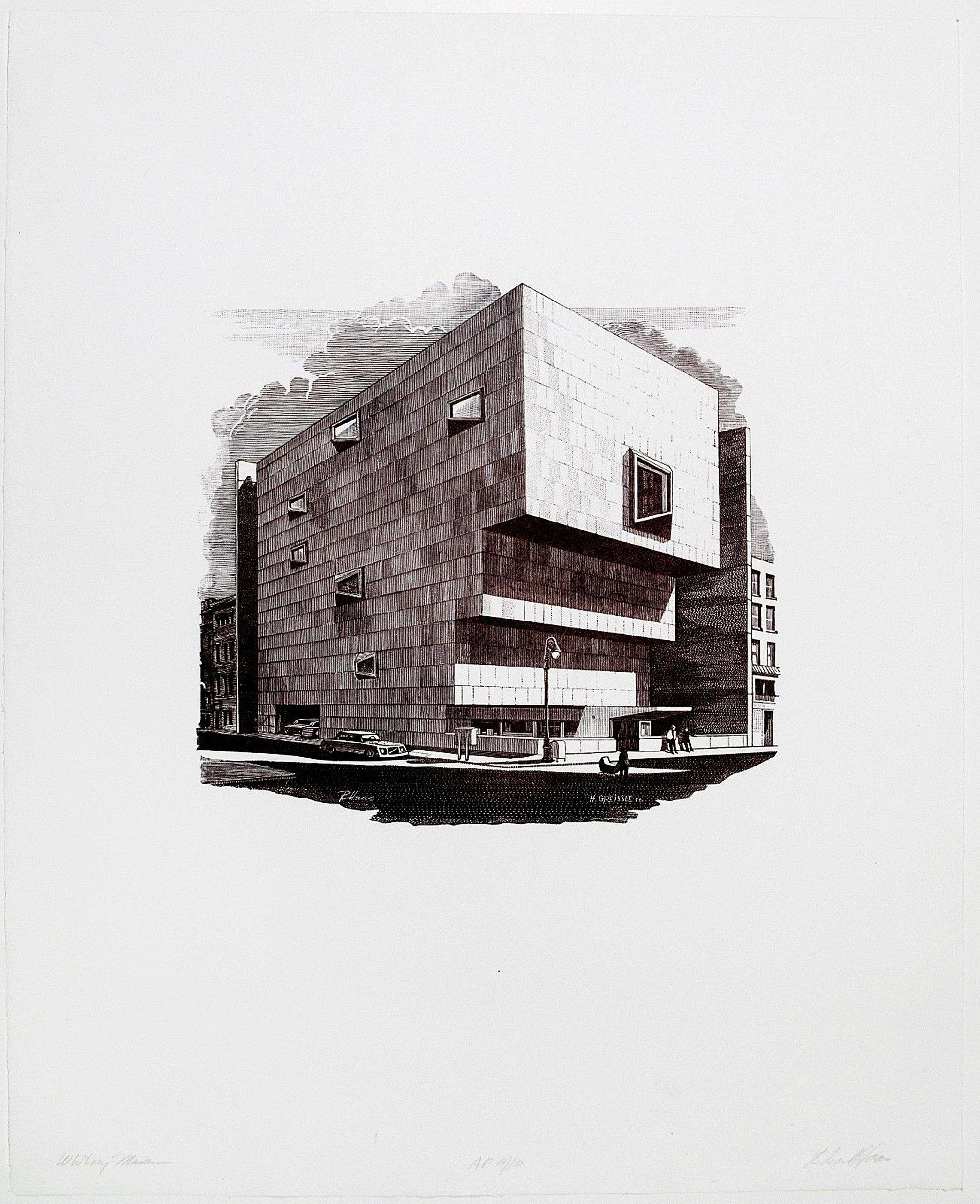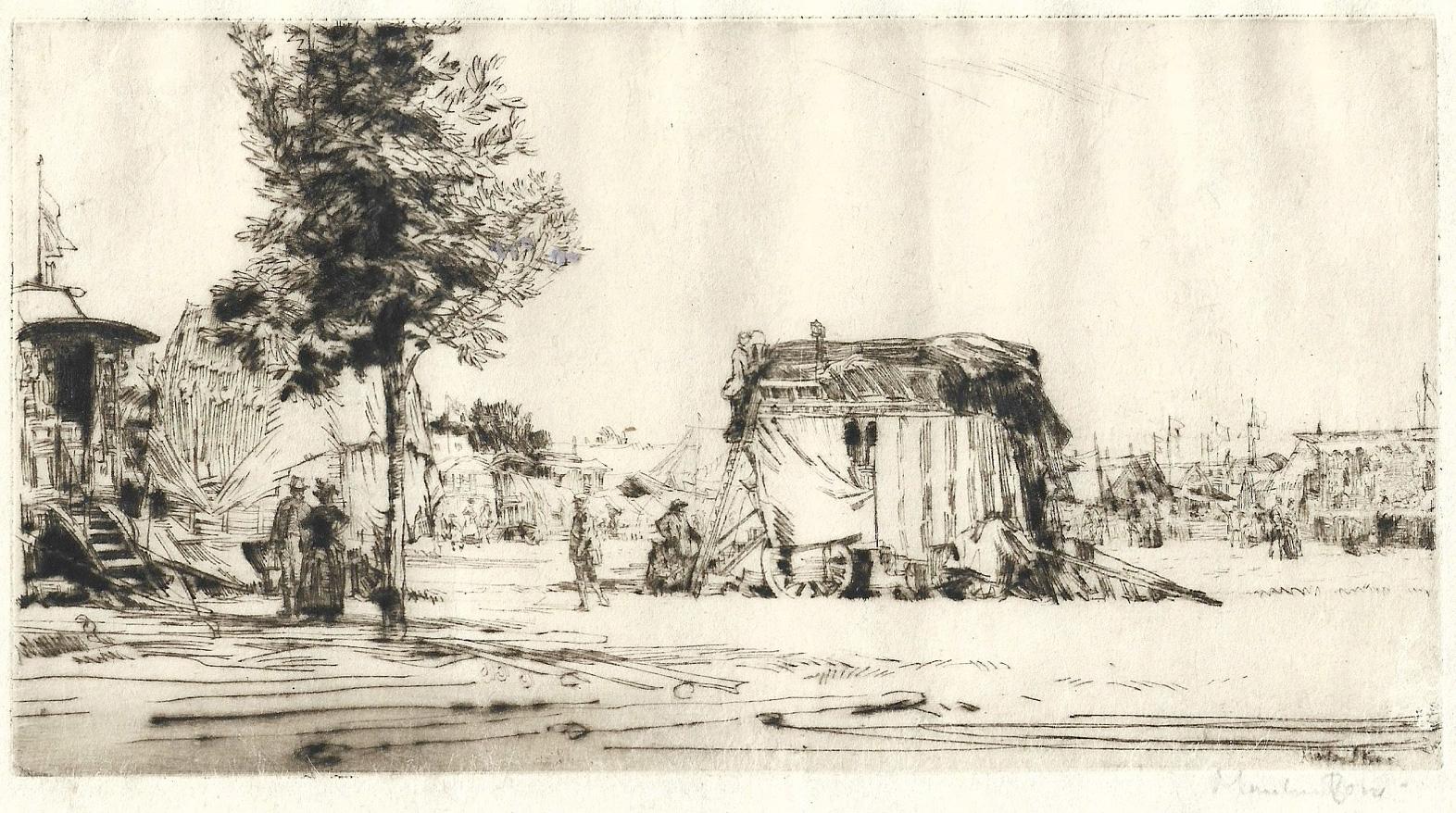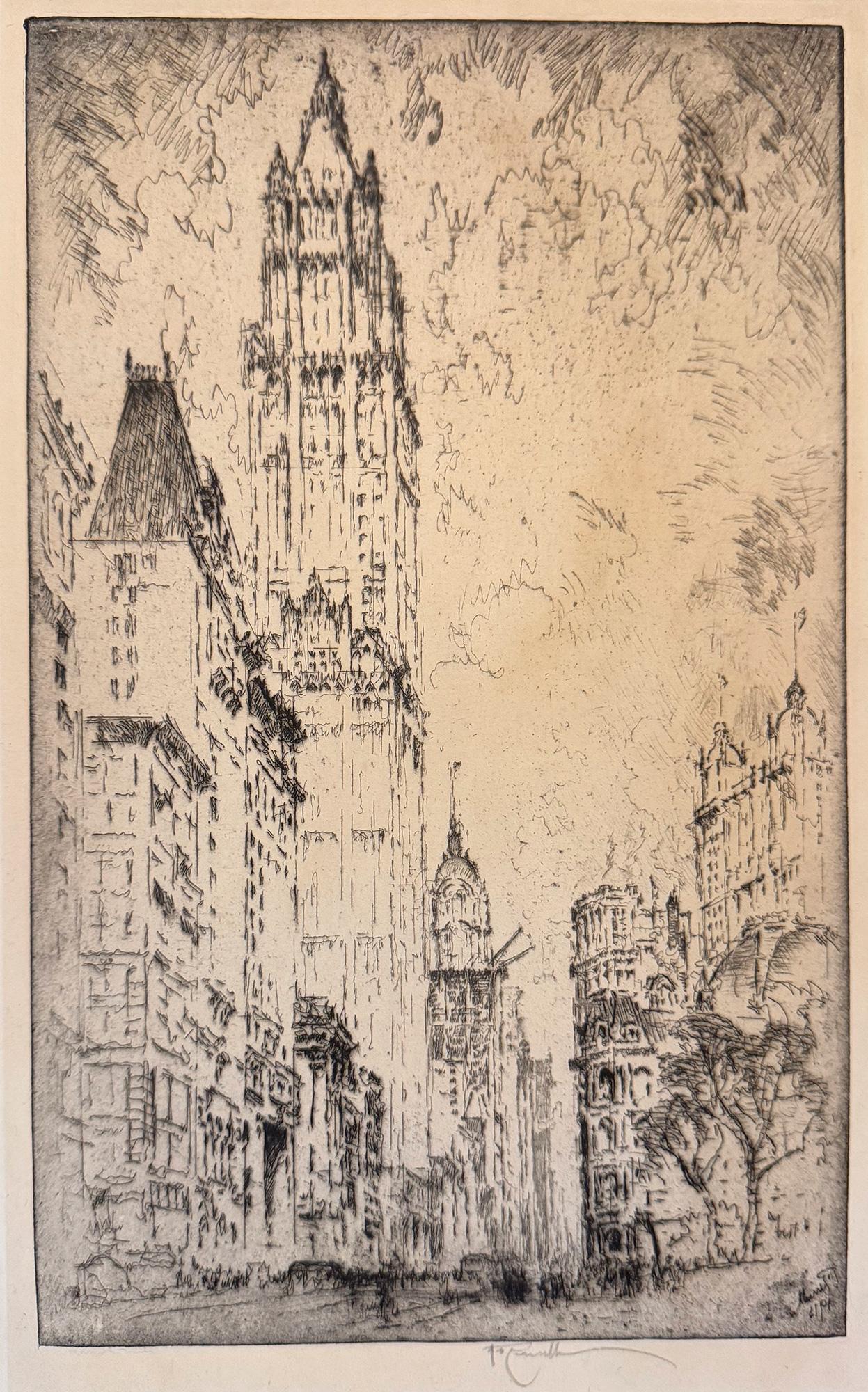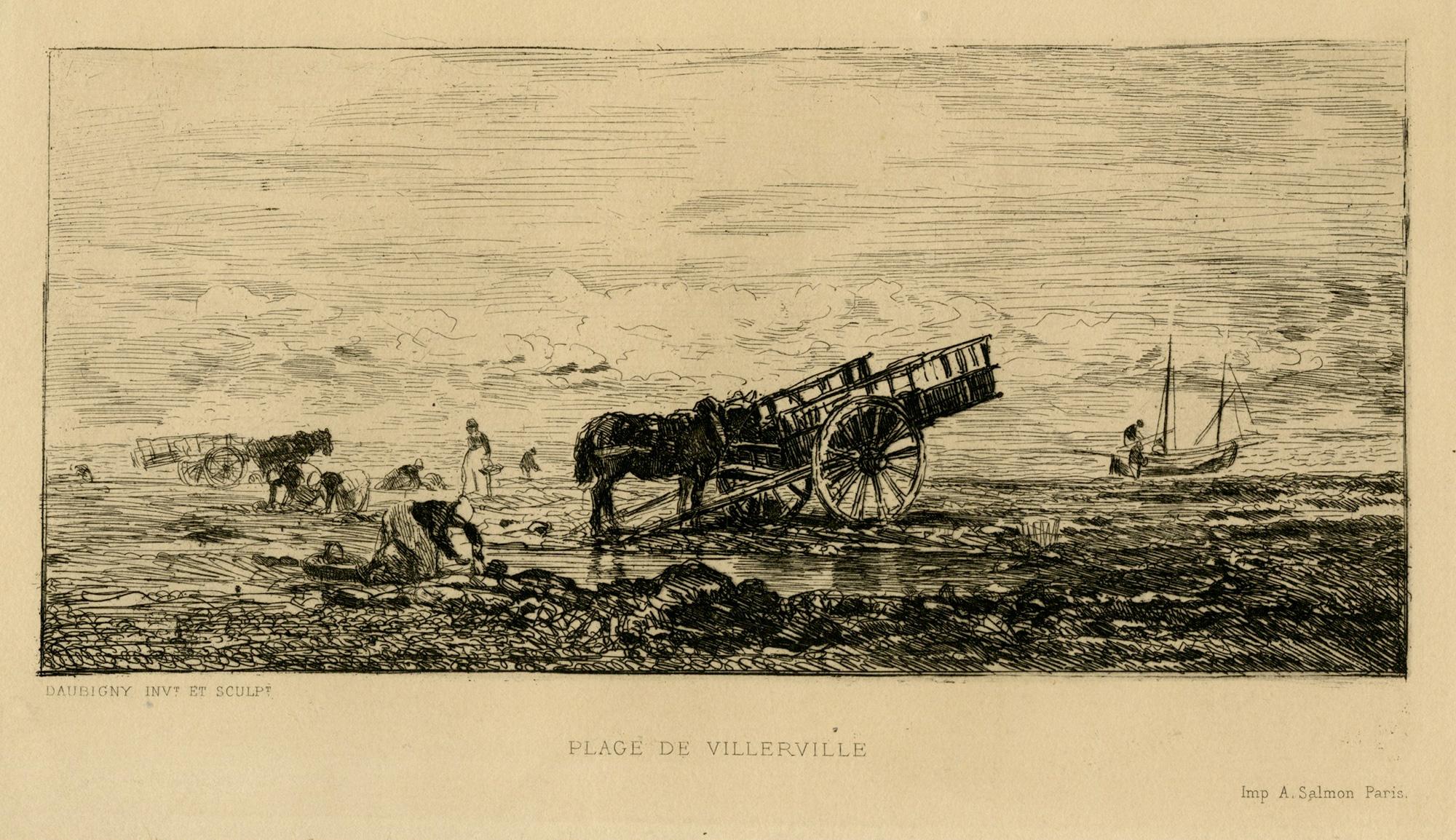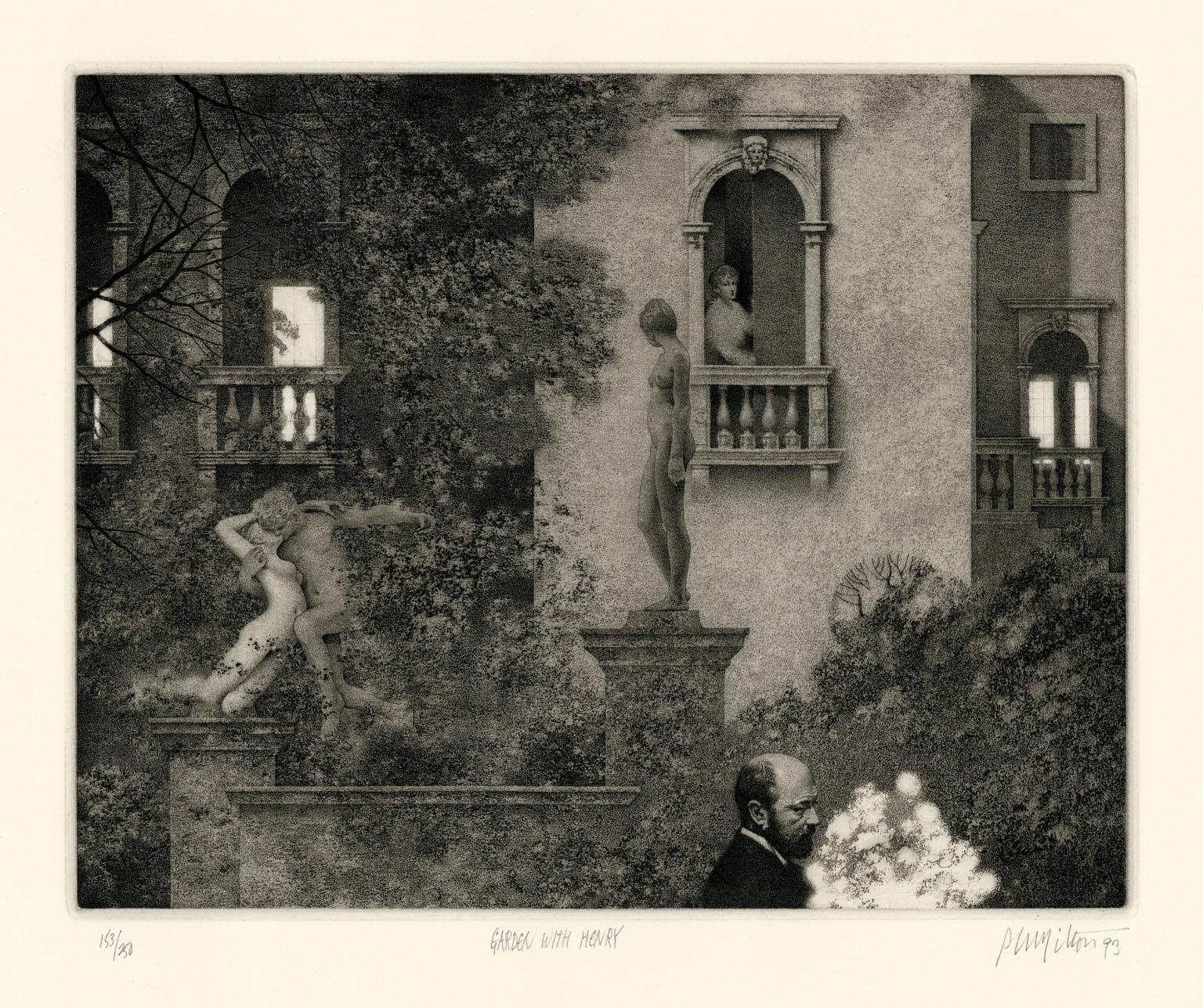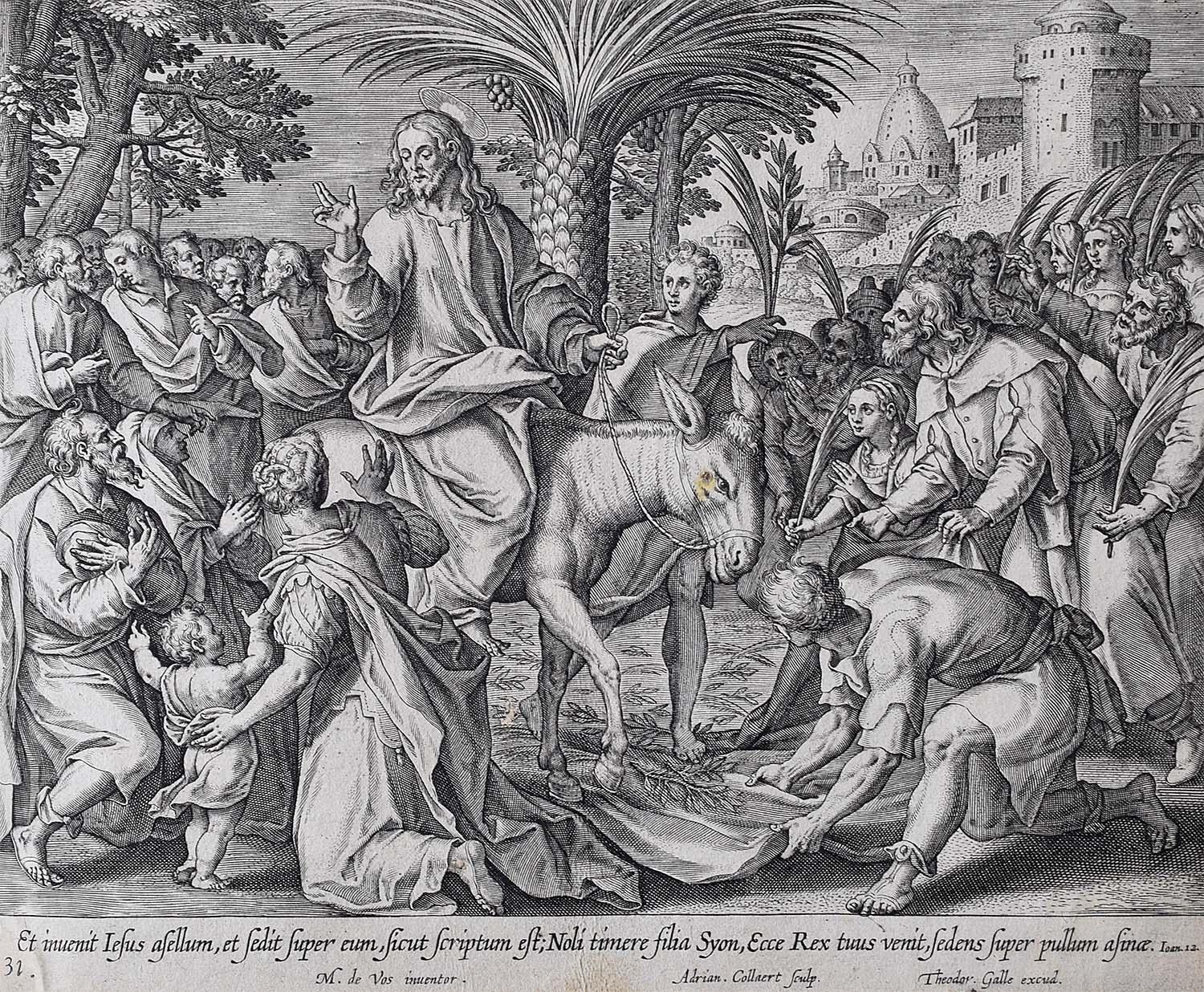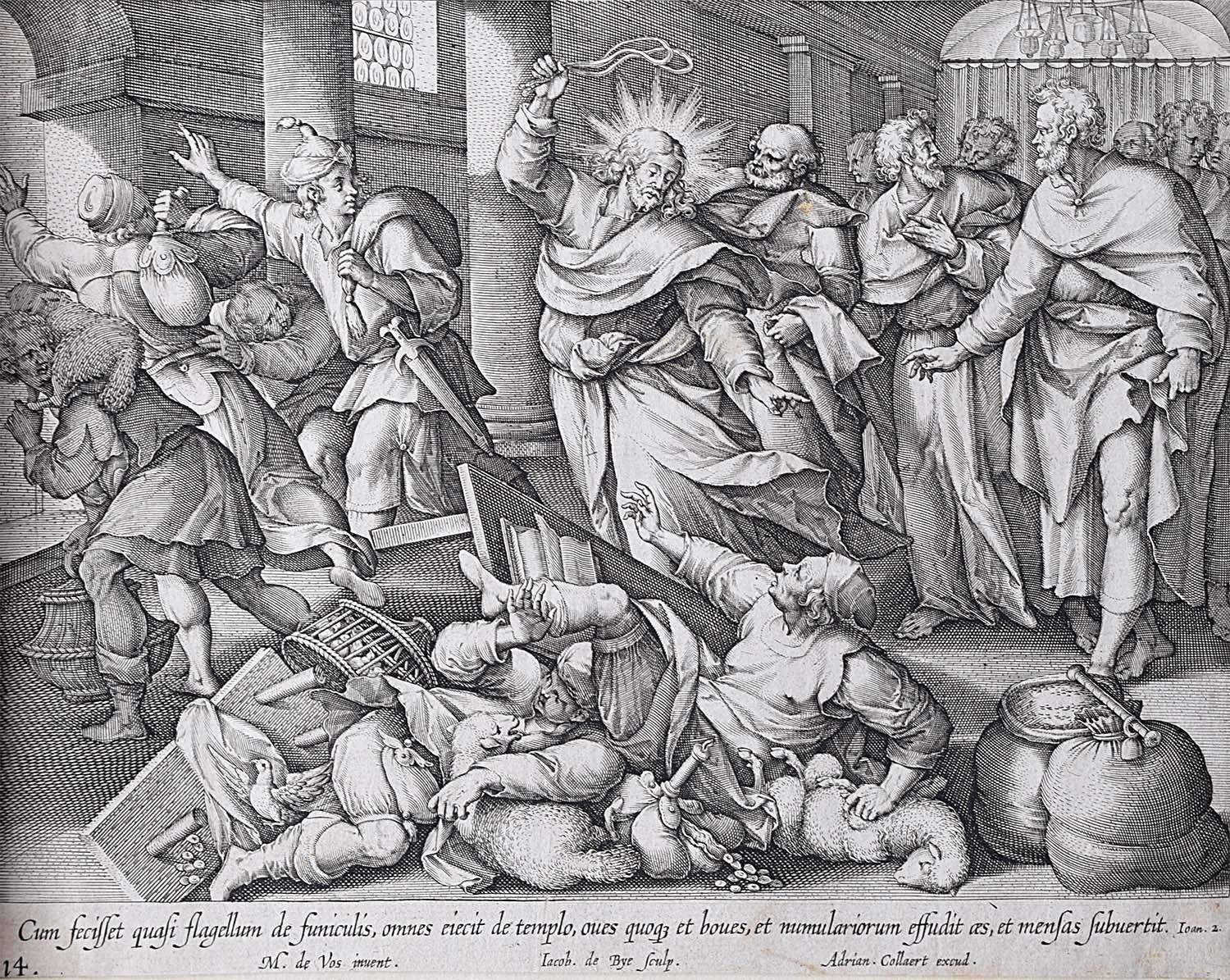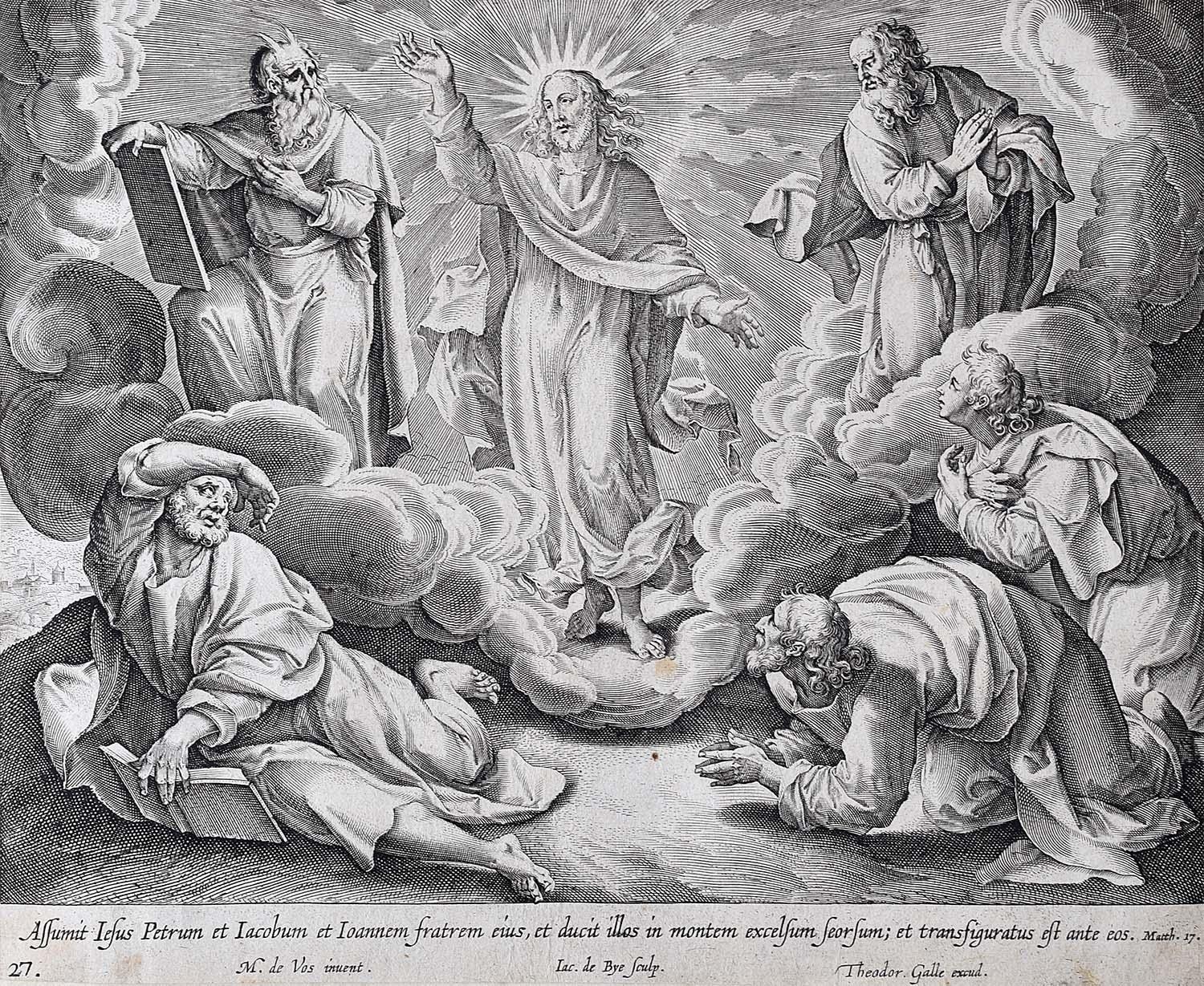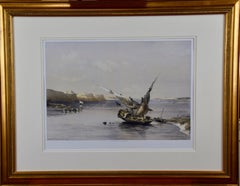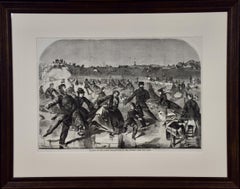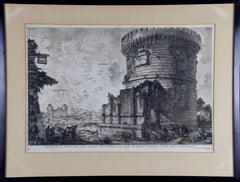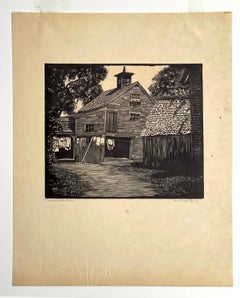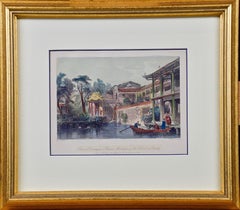
Architectural Engraving of the House of Conseequa, Canton, China by Thomas Allom
View Similar Items
Want more images or videos?
Request additional images or videos from the seller
1 of 9
Thomas AllomArchitectural Engraving of the House of Conseequa, Canton, China by Thomas Allom1843
1843
Price:$475
About the Item
About the Seller
5.0
Platinum Seller
Premium sellers with a 4.7+ rating and 24-hour response times
Established in 2011
1stDibs seller since 2019
285 sales on 1stDibs
Typical response time: 2 hours
Authenticity Guarantee
In the unlikely event there’s an issue with an item’s authenticity, contact us within 1 year for a full refund. DetailsMoney-Back Guarantee
If your item is not as described, is damaged in transit, or does not arrive, contact us within 7 days for a full refund. Details24-Hour Cancellation
You have a 24-hour grace period in which to reconsider your purchase, with no questions asked.Vetted Professional Sellers
Our world-class sellers must adhere to strict standards for service and quality, maintaining the integrity of our listings.Price-Match Guarantee
If you find that a seller listed the same item for a lower price elsewhere, we’ll match it.Trusted Global Delivery
Our best-in-class carrier network provides specialized shipping options worldwide, including custom delivery.More From This Seller
View All18th C. Italian Architectural Engraving of a Borromini Designed Church in Rome
Located in Alamo, CA
"Pianta del Finestrone, Prospetto del finestrone con suoi ornamenti nel mezzo della naue maggiore per fianco nella Basilica di S. Gio. in Laterano" is an architectural engraving of an elevation of monumental windows with their associated columns and ornaments above an entrance to the Basilica of S. Gio. In Laterano in Rome, the Cathedral of the Most Holy Savior and of Saints John the Baptist and the Evangelist in the Lateran, also known as the Papal Archbasilica of Saint John in Lateran. It is the church of the Diocese of Rome which serves as the seat of the Roman Pontiff. The print was engraved by Alessandro Specchi (1668-1729), an engraver and architect, after a design by the Italian architect Francesco...
Category
Early 1700s Realist Figurative Prints
Materials
Engraving
David Roberts' 19th Century Hand Colored Lithograph, "Fortress of Ibrim, Nubia"
By David Roberts
Located in Alamo, CA
"Approach to the Fortress of Ibrim, Nubia" is a 19th century folio sized hand-colored lithograph from the Egypt and Nubia volume of David Roberts’ large folio edition, published in London by F. G. Moon in 1847. The lithographs were prepared by Louis Haghe (1806-1885) from drawings and paintings by Roberts. The resultant large folio editions of 'The Holy Land' and 'Egypt & Nubia' are considered the greatest lithographically illustrated works issued in the 19th century.
The print is presented in a gold-colored wood frame with a decorative inner trim, with a cream-colored double mat. It is in excellent condition.
The lithograph depicts the Fortress of Ibrim in Nubia in the background, which had been a Roman and an Egyptian fortification for centuries due to its strategic elevation, allowing a view of large portions of the surrounding desert. Men are securing the boat in the foreground for the night, taking down its sails. A herd of cattle drinks and cools themselves in the water on the left.
There are four additional listings of David Roberts engravings of Egypt...
Category
1840s Realist Landscape Prints
Materials
Lithograph
"Skating on Ladies' Pond Central Park": Winslow Homer 19th C. Woodcut Engraving
By Winslow Homer
Located in Alamo, CA
This Winslow Homer woodcut engraving entitled "Skating on the Ladies' Skating-Pond in Central Park, New York", was published in Harper's Weekly in the January 28, 1860 edition. It depicts a large number of men, women and children skating on a recently opened pond in Central Park. At the time of publication of this engraving, Central Park was in the early stages of construction. This engraving documents the very early appearance of Frederick Law Olmstead and Calvert Vaux's masterpiece of landscape design. According to Olmsted, the park was "of great importance as the first real Park made in this century – a democratic development of the highest significance". The people of New York were very proud of the plans for their park. It was stated at the time: "Our Park, which is progressing very satisfactorily under the management of the Commissioners, will undoubtedly be, one of these days, one of the finest place of the kind in the world...Those who saw the Park before the engineers went to work on it are amazed at the beautiful sites which have been contrived with such unpromising materials; all fair persons believe that the enterprise is managed with honesty and good taste."
Skating was rapidly rising in national popularity in part due to the opening of Central Park’s lake to skaters on a Sunday in December 1858 with 300 participants. The following Sunday it attracted ten thousand skaters. By Christmas Day, a reported 50,000 people came to the park, most of them to skate. There were rules governing who could use the skating pond. “The Ladies’ Pond...
Category
1870s American Impressionist Landscape Prints
Materials
Engraving, Woodcut
Ancient Roman Architecture: Original Framed 18th C. Etching by G. Piranesi
By Giovanni Battista Piranesi
Located in Alamo, CA
"Veduta del Sepolcro della Famiglia Plauzia per la Strada Che Conduce da Roma a Tivoli vicino a Ponte Lugano" from "Le Antichità Romane" (Roman Antiquities), one of the most famous works by Piranesi. "Antichita" illustrates the tombs along the Appian Way...
Category
Early 18th Century Old Masters Figurative Prints
Materials
Drypoint, Engraving, Etching
A Framed Contemporary Serigraph "Eucalyptus Forest" by Eyvind Earle
By Eyvind Earle
Located in Alamo, CA
This striking contemporary abstract serigraph by Eyvind Earle (1916-2000) is entitled "Eucalyptus Forest". It depicts a stylized scene of cloud like trees with a radiating pattern in the foreground, possibly tilled fields. It is signed in pencil in the lower right and numbered in pencil 119/267 in the lower left.
This colorful print is presented in a glossy black wood frame with a French mat...
Category
Late 20th Century Contemporary Landscape Prints
Materials
Screen
Ancient Roman Architecture: Framed Original 18th C. Etching by G. Piranesi
By Giovanni Battista Piranesi
Located in Alamo, CA
"A sua Eccellenza il Signor Henry Hope Cav. Scozzese Amatore delle Belle Arti from "Vasi, Candelabri, Cippi, Sarcofagi, Tripodi, Lucerne, Ed Ornamenti Antichi", (Vases, candelabra, grave stones, sarcophagi, tripods, lamps, and ancient ornaments) is an etching by Giovanni Battista Piranesi, published in 1778. It depicts stone caryatids...
Category
1770s Old Masters Figurative Prints
Materials
Etching
You May Also Like
William Hogarth . Original engravings 155 pсs., 1 piece with blend. 1822 London
By William Hogarth
Located in Riga, LV
William Hogarth (1697-1764)
Original engravings 155 pсs., 1 piece with blend. 1822 London
From A. Neibergs collection
Category
1820s Realist Figurative Prints
Materials
Paper, Engraving
Ramshackle Barn (de-accessioned from the Denver Art Museum)
By Asa Cheffetz
Located in New York, NY
Asa Cheffetz
Ramshackle Barn (de-accessioned from the Denver Art Museum), ca. 1929
Wood-engraving
Pencil signed, numbered 27/100 and titled by the artist on the front
13 × 10 1/4 inches
Unframed - affixed to matting
De-accessioned from the collection of the Denver Art Museum
Asa Chaffetz, "the engraver's engraver"
This is the original numbered wood engraving from 1929; not a later re-print
This print was honorable mention in the International Exhibition of prints, Art Institute of Chicago, 1929
Exhibited: New England engraved: The prints of Asa Cheffetz: An Exhibition of his wood engraving & an exploration of his life as an artist. Springfield, MA: Museum of Fine Arts, 1984 (A different example)
Asa Cheffetz Biography:
Born in Buffalo, New York, Cheffetz studied at the School Of The Museum Of Fine Arts in Boston under Philip Leslie Hale...
Category
1920s Realist Figurative Prints
Materials
Engraving
The Whitney (Marcel Breuer Building)
By Richard Haas
Located in New York, NY
Richard Haas
The Whitney (Marcel Breuer Building), 1979
Woodcut engraving
Signed, titled, dated and numbered by the artist on the back. This is a rare Artist Proof 9/10, aside from the regular edition of 60.
22 3/4 × 18 1/4 inches
Unframed
This vintage 1979 woodcut engraving by the world's top architectural muralist and trompe d'oeil artist, Richard Haas, depicts the building New Yorkers nostalgically call the "Old Whitney". Long before the Whitney moved to Manhattan's trendy meatpacking district...
Category
1970s Realist Figurative Prints
Materials
Engraving, Etching
Cambridge Midsummer Fair
By Sir Muirhead Bone
Located in Middletown, NY
A peaceful image by Britian's first official war artist.
Drypoint printed in brownish black ink on fibrous, laid Japon paper, 3 3/8 x 6 5/16 inches (85 x 161 mm), full margins. Sign...
Category
Early 20th Century Realist Landscape Prints
Materials
Handmade Paper, Drypoint
The Punt
By Rosamond Tudor
Located in Middletown, NY
A dynamic football image from the 1920s by a female artist known for her sports scenes.
Etching with drypoint on exceptionally fine laid Japon paper with a double watermark, 10 7/8 ...
Category
Early 20th Century Realist Landscape Prints
Materials
Handmade Paper, Drypoint, Etching
Woolworth Building, New York
By Paul Schumann
Located in Middletown, NY
A rich and tonal image of an icon of Manhattan architecture.
Etching with drypoint, 11 7/8 x 7 3/8 inches (300 x 186 mm), full margins. Edition of 100. Signed in pencil, lower right...
Category
Early 20th Century Realist Landscape Prints
Materials
Handmade Paper, Drypoint, Etching

